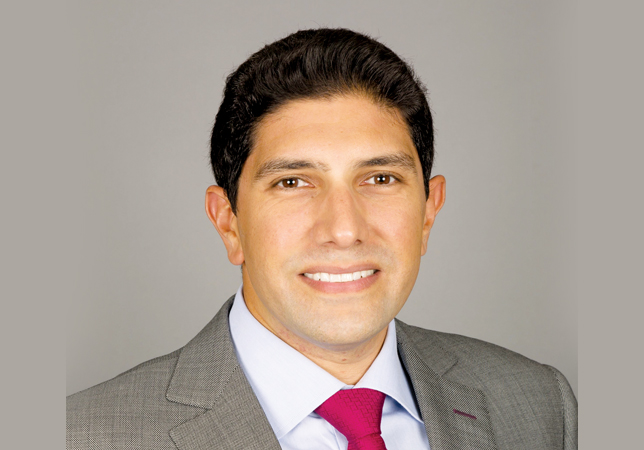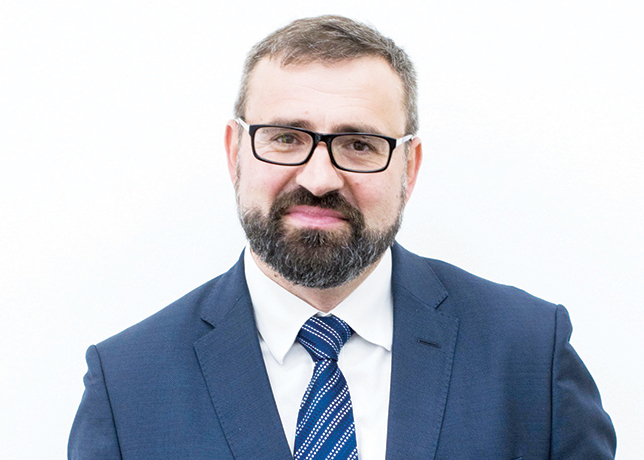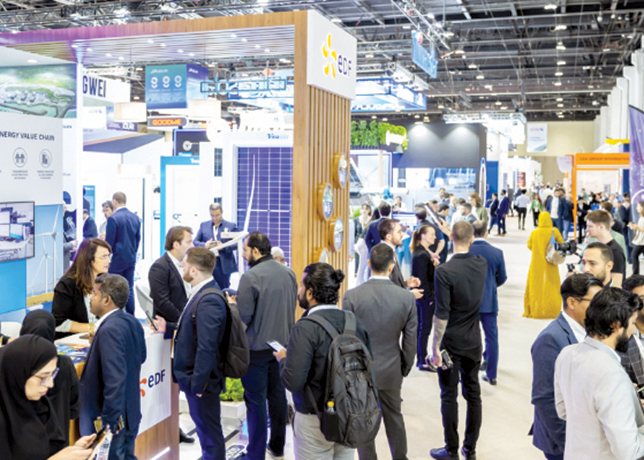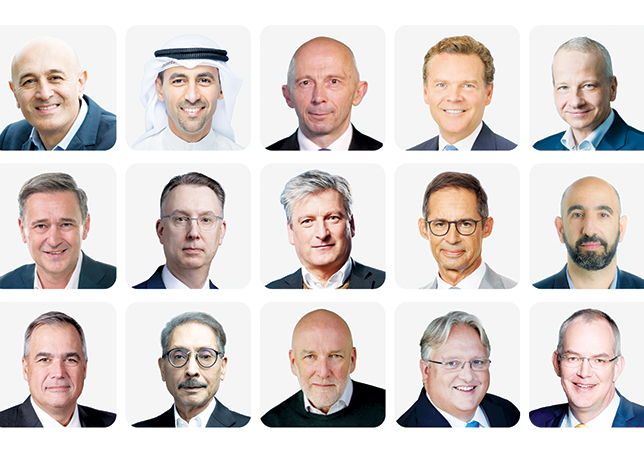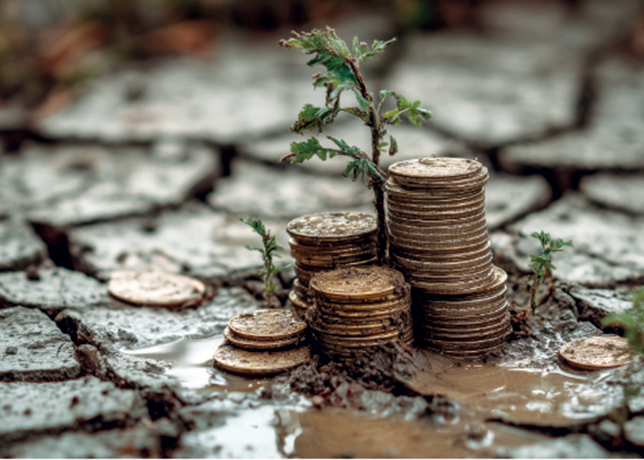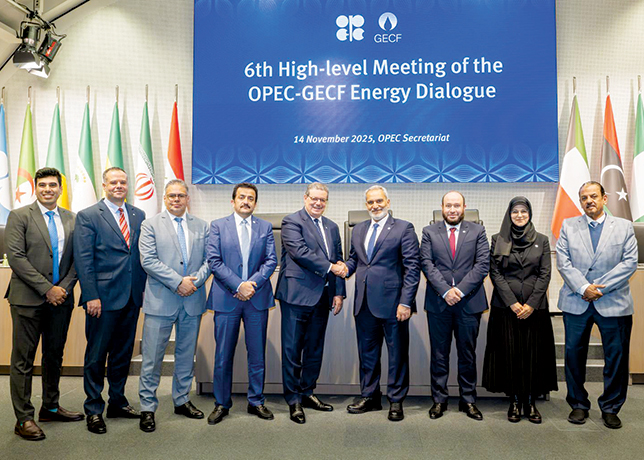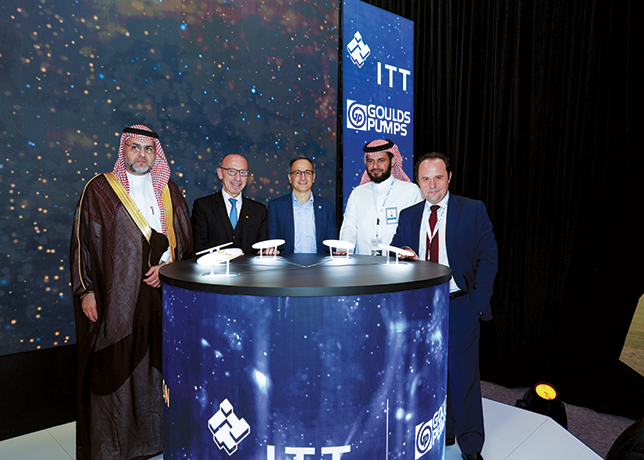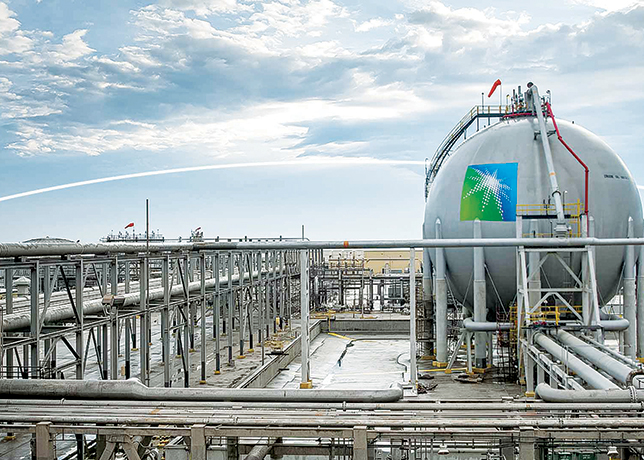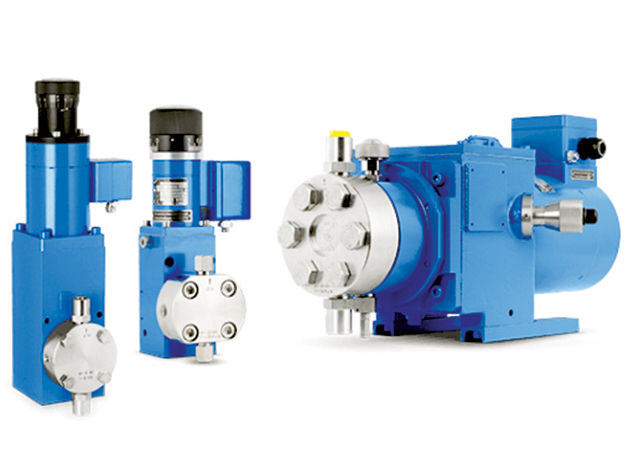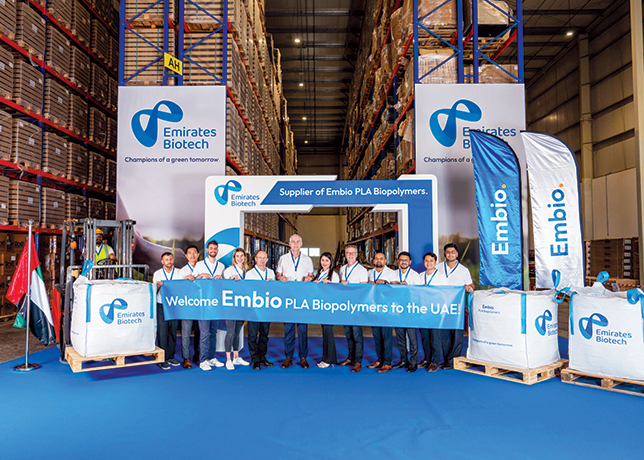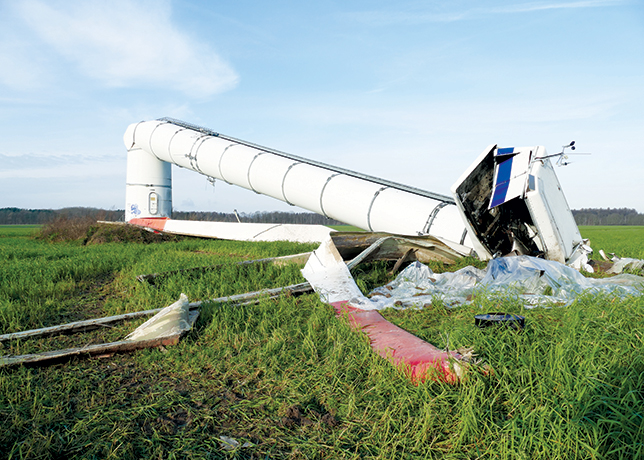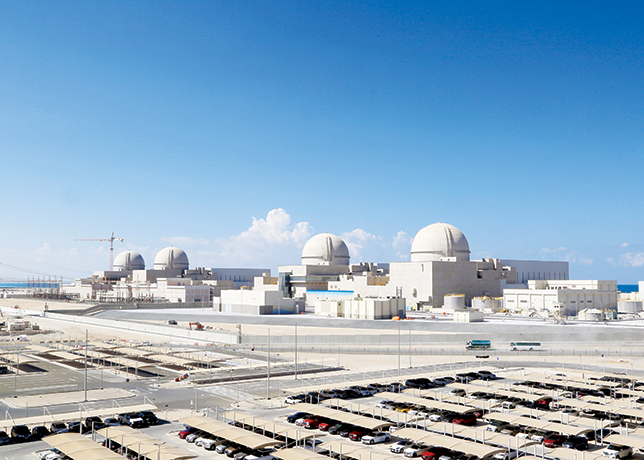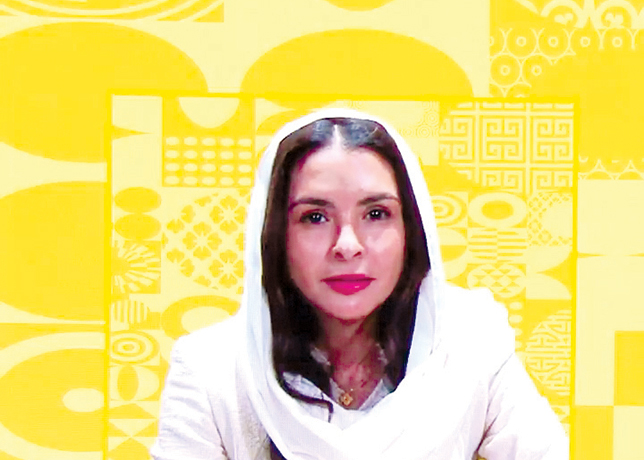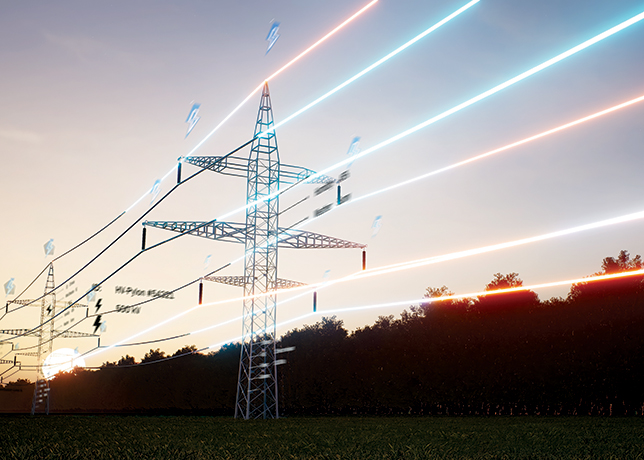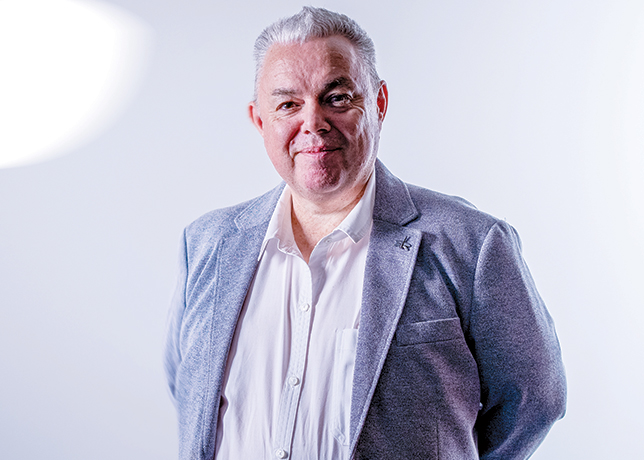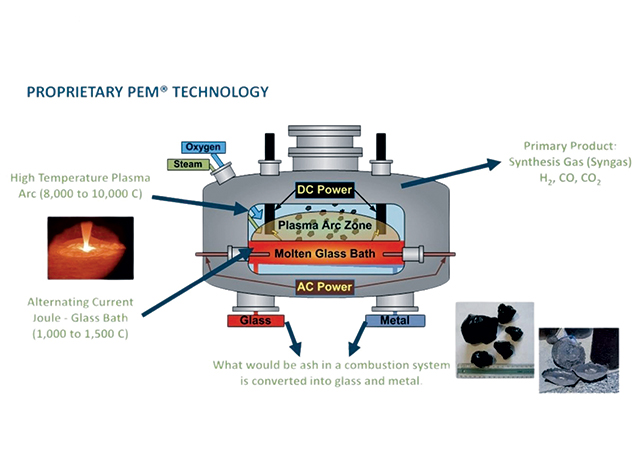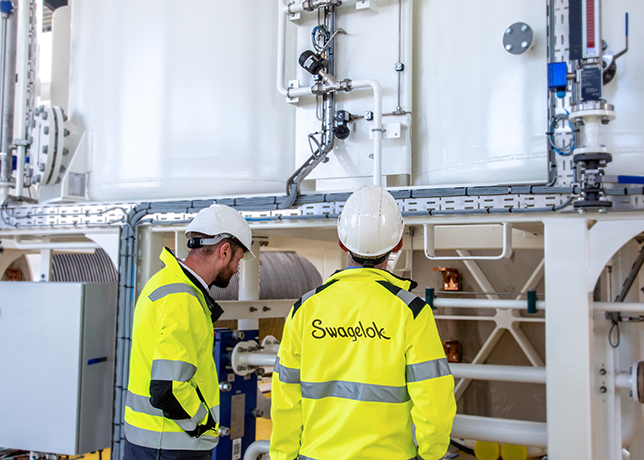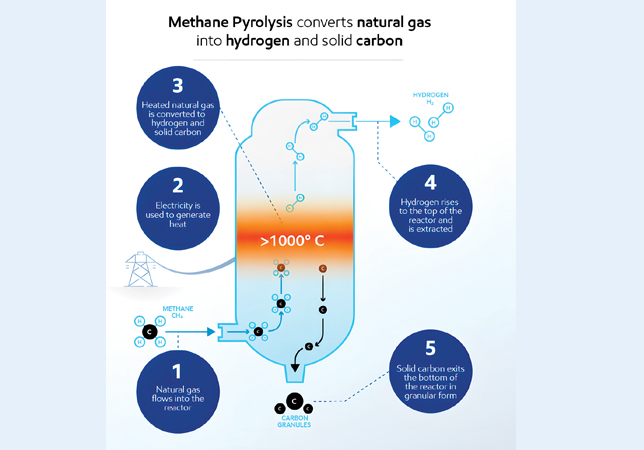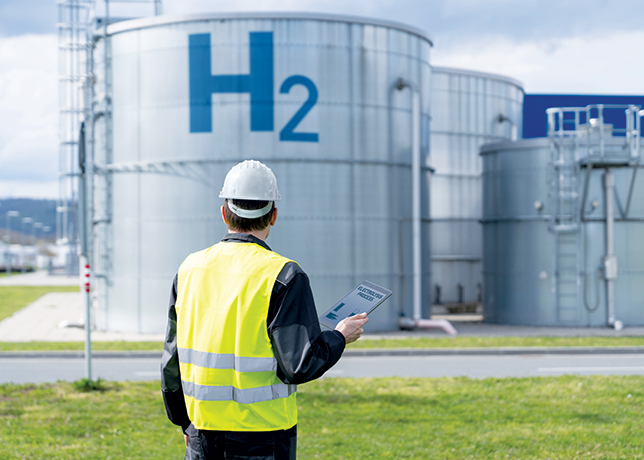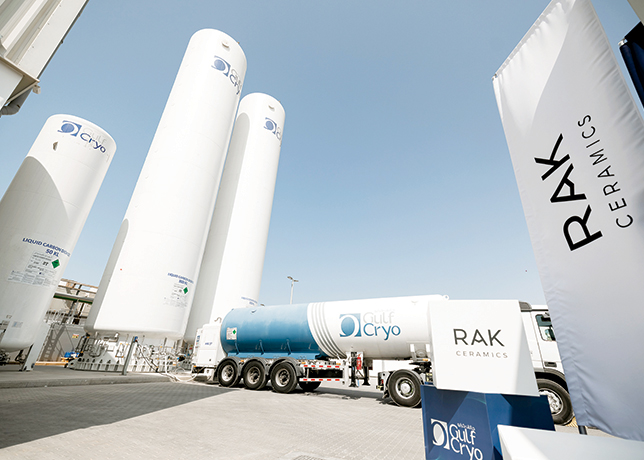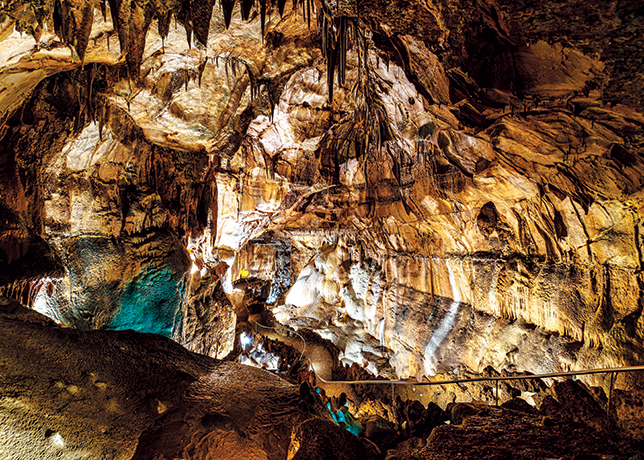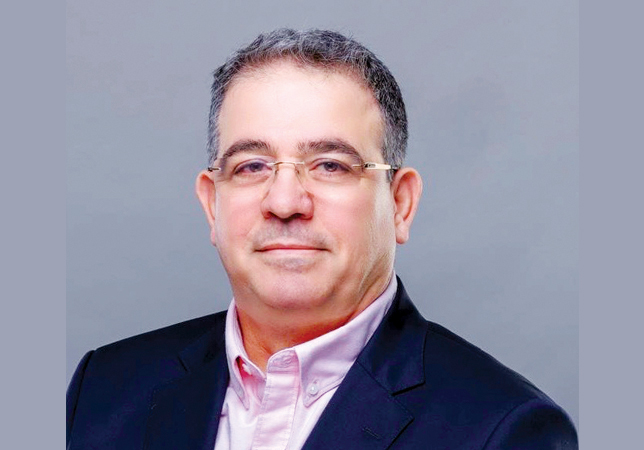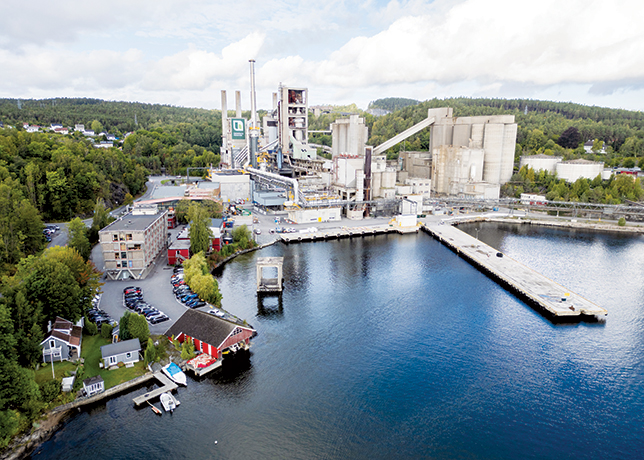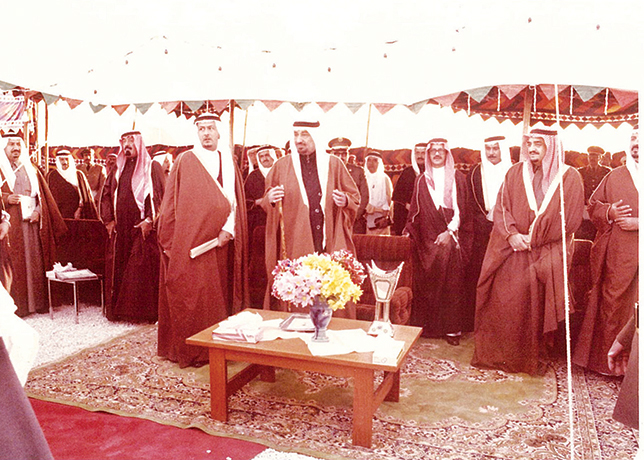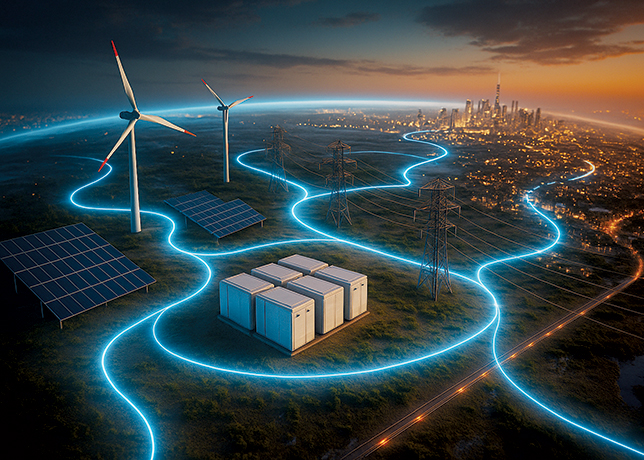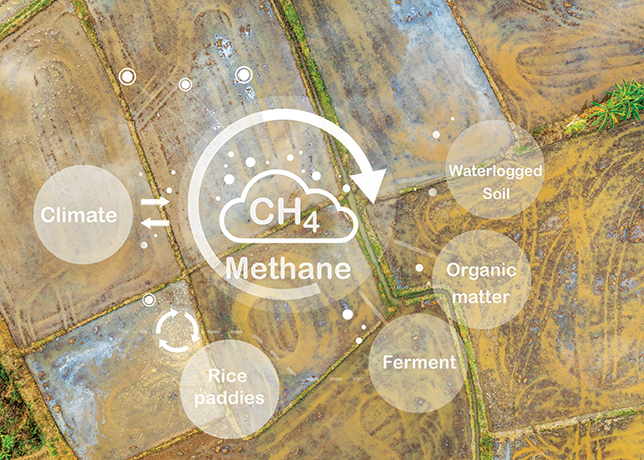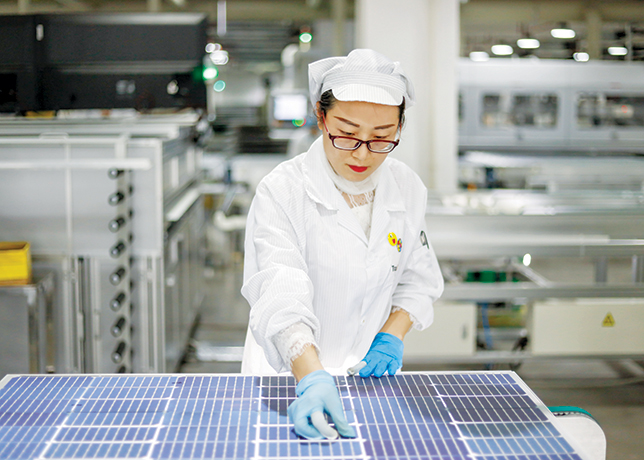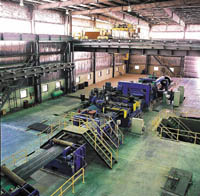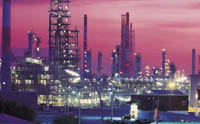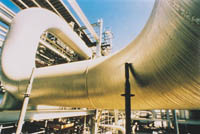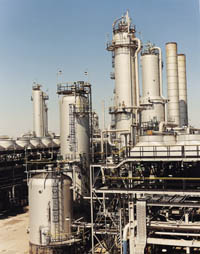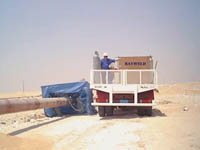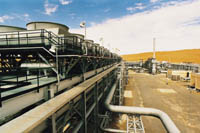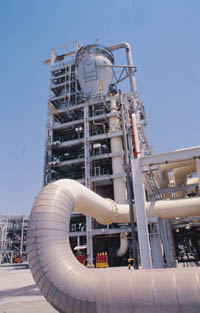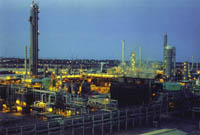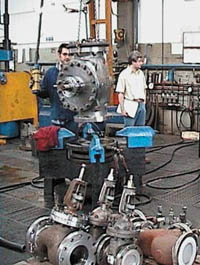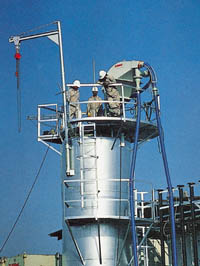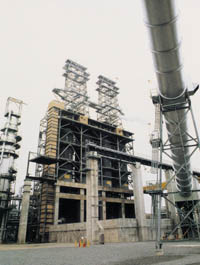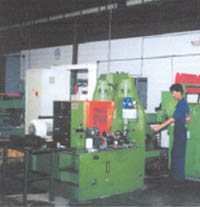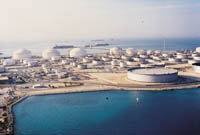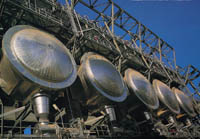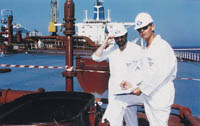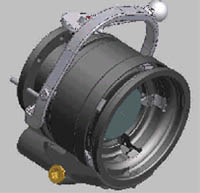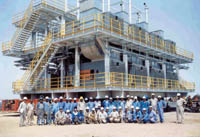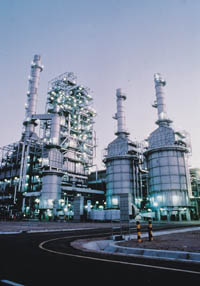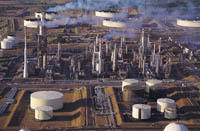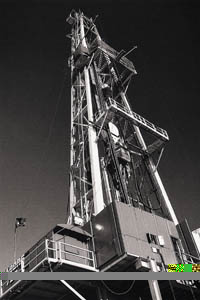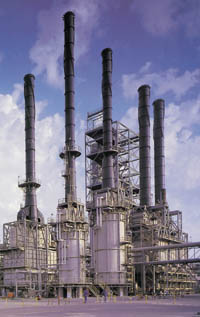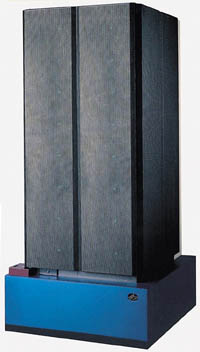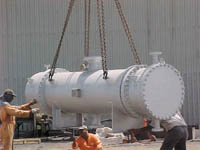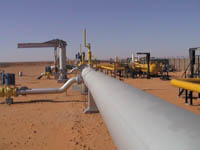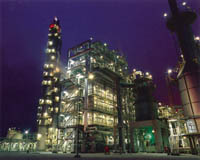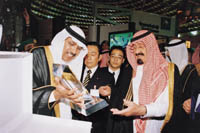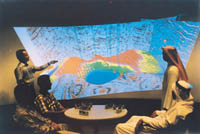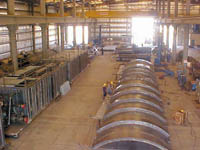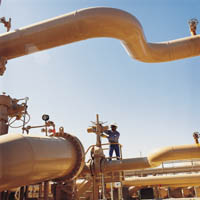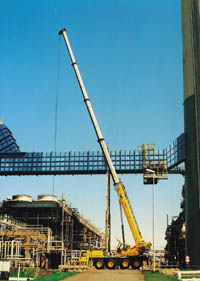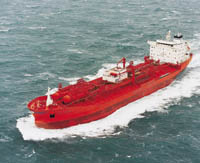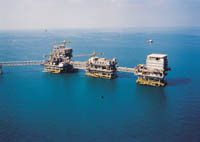
 Bringing operations to life at the Saudi Aramco Exhibit
Bringing operations to life at the Saudi Aramco Exhibit
In the 14 years since Saudi Aramco opened its Exhibit, the many aspects of the company's vast business interests have been presented to the country's public, answering key questions on its operations.
New displays were added last year which typify the work of Saudi Aramco, from the wellhead to consumer.
The latest multimedia and computer-operated displays lure visitors at strategic points through an updated display sequence to stop and learn.
The latest displays tell the story of petroleum, the Kingdom and Saudi Aramco, underlying messages also conveying the importance of performance excellence, technological innovation, environmental protection, and the continuing focus on training.
The story of oil in Saudi Arabia started in 1933, when a concession was granted by the Kingdom to the Standard Oil Company of California (Socal) - today's Chevron - to explore for oil in the Eastern Province.
Five years later, and with hopes for finding oil fading, a test well - Dammam #7 - finally proved the presence of oil.
At some 600m deeper than earlier holes, wildcatters struck oil in the Arab Zone of Dammam #7. The well produced 4,000 barrels per day (bpd).
The pioneering efforts of a consortium of major international oil companies were successful, and what started as a speculative search for oil by Socal eventually became the wonder of the world for oil production.
The rest, as they say, is history, with the Kingdom now the leading crude oil producer on earth with one quarter of the world's reserves under its deserts.
The beginnings of Saudi Aramco go back to the early decades of the 20th Century and involve the vision of Saudi Arabia's founder, King 'Abd al-'Aziz Al Sa'ud, who sought the development and betterment of his country and people.
The Saudi government acquired a 100 per cent ownership interest in the company through the purchase of all assets during the 1970s and carried out a smooth transition to full Saudi management during the 1980s.
The Exhibit provides an insight into this history for Saudi Arabia's students and, increasingly, groups and organisations.
It begins with the historical uses of oil, with displays which emphasise that, in ancient times as now, technical innovation was very much part of the cultural panorama. The latest displays include the remarkable story of Saudi Aramco and the many milestones which have marked its progress over its long and successful operating history.
From its early use as pitch for waterproofing boats to its universal presence in modern life today as transportation fuel and feedstock for manufacturing, the Exhibit series begins by inviting further reflection on how oil was originally formed in the earth's crust.
A "Strata Wall" display shows the results of biological and sedimentary processes which led to the formation of oil in graphic, striking form.
A plate tectonics display demonstrates how the movements of the earth's plates creates the ''traps'' in which oil is caught and held. Seismic surveying is an example of the advanced technology which allows today's explorationists to see where oil and gas may be trapped in structures deep beneath the surface of the earth.
Another technological advance is the use of satellite infrared photos to map the different types of rock which may be encountered on the earth's surface. Since different types of oil trap oil in different ways, this information can provide important clues about subsurface formations. Once the prospective structure is identified, a test well is drilled to obtain additional information. Core samples of the rock types encountered in drilling are analysed in a geology lab, a model of which is included in the display series.
One of the most popular displays in the Exhibit is the ''Terrascope,'' a simulated trip deep into the earth which gives visitors a ''feel'' for the hard work that goes into drilling a well.
A special ''working'' exhibit model of a horizontal well shows how the well begins with a vertical portion and then ''turns'' horizontal for its final penetration into the oil bearing zone.
The valve display offers a view of the complexity and precision with which different types and sizes of valves regulate the direction and pressure at which all these substances flow through pipelines, tanks and other facilities.
The first step in the refining of crude oil into its separate and distinct products in the distillation column in the refinery is represented in the Exhibit.
Display models also illustrate the steps in the recovery and processing of natural gas, as well as the sulphur which is recovered as a by-product of oil and gas processing.
Several displays are devoted to oil transportation, particularly marine shipping. For example, a ''ship's deck'' simulator allows visitors to get the ''feel'' of a modern supertanker as it manoeuvers into loading position.
Saudi Aramco also sends travelling exhibits around the world every year.






